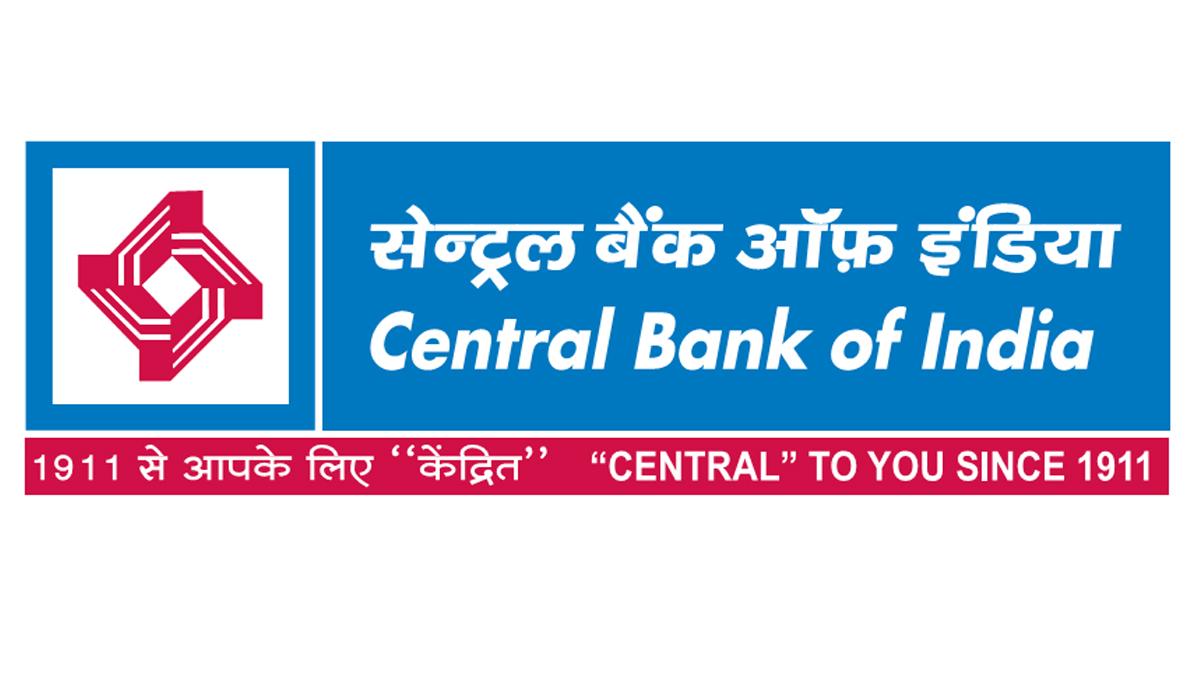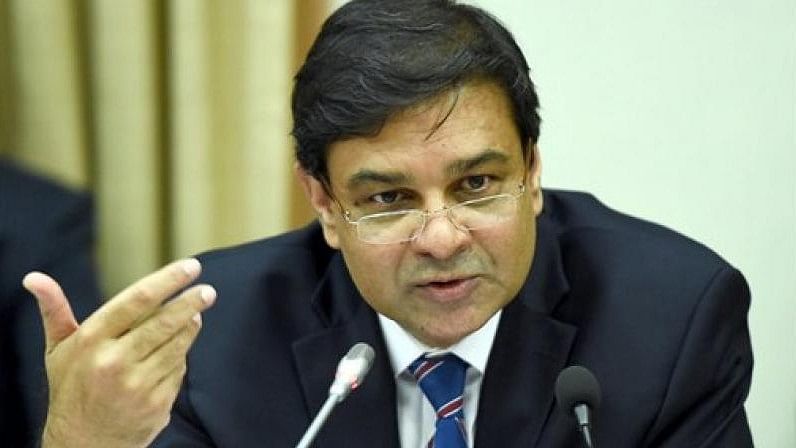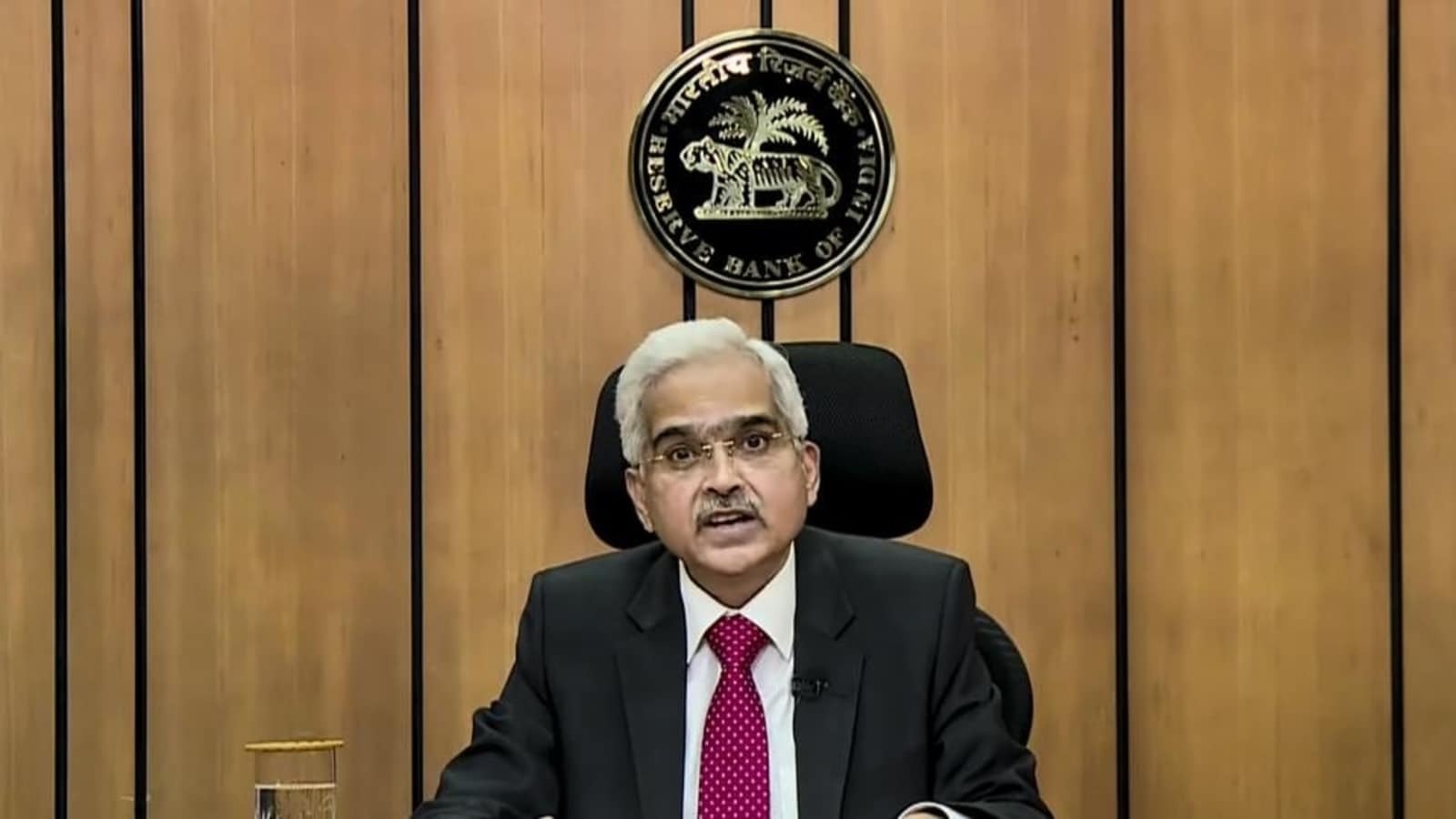RBI announced an overnight variable rate repo auction for Rs 50,000 billion.

RBI announced an overnight variable rate repo auction for Rs 50,000 billion.
On September 22, the Reserve Bank of India (RBI) hold a variable rate repo auction. On its core banking system (e-Kuber) platform, the overnight LAF auction totaling 50,000 crores would be held. One crore and multiples of that will serve as the minimum bid amount. moving the surplus liquidity out of the fixed rate overnight reverse repo window and into the variable rate reverse repo (VRRR) auctions with longer maturities, the central bank has been rebalancing the system.
A Rs 50,000 crore ($6.25 billion) overnight variable rate repo auction has been scheduled, according to the Reserve Bank of India.
The auction will begin on September 22, 2022, between 10:30 and 11 a.m. On September 23, the decision will be reversed.

The central bank‘s future policy on liquidity, given that surplus funds in the banking system, have decreased sharply, was a major topic in a meeting earlier this week between officials of and select participants in the government bond market, according to sources.
Market players and the officials reportedly discussed the viability of continuing with regular variable reverse repo auctions during the interaction, which was held before the monetary policy statement on September 30.
The banking system’s liquidity fell to a deficit for the first time in more than three years due to impending tax obligations and rising government cash holdings. The Reserve Bank of India (RBI) released numbers that show the net liquidity injection on Tuesday was Rs 21,873.43 crore, bucking the trend of a surplus for the first time since May 2019. The banking system had net surplus liquidity of Rs 8.03 lakh crore around a year ago.
This sparked suspicion that the central bank could have to discuss its liquidity management strategy in the monetary policy, overriding the discussion on interest rate expansion and implying a potential shift in stance.

Soumyajit Niyogi, director at India Ratings, stated that despite its friction, the deficit banking system “validates shift in policy stance from accommodating to restrictive.” This will make it possible for the committee to change its present accommodating stance to neutral.
The RBI is expected to focus on longer-term variable rate repos to ease systemic liquidity with a lessened probability of reversing the recent CRR (cash reserve ratio) hike, according to Aditi Nayar, the senior economist at ICRA Ratings. The announcement of the monetary policy outcome the following week is probably going to include some liquidity advice. We still await the data on durable liquidity to determine if that stress has declined, even though the frictional stress caused by tax outflows will eventually decrease.

Banks must submit their bids in percentage terms with a maximum of two decimal places by the operational rules for the auction. Banks can submit many bids, which is notable.
In addition, winning offers will be accepted at their respective bid rates. Bids that are at or below the repo rate, will be declined.
After the bidding period has ended, all of the bids will be in descending order of the rates offered, and the cut-off rate will then be determined to be the rate matching the auction’s announced amount.
The RBI’s guidelines state that the winning bidders have set their bids at or above the cut-off rate. All offers that are less than the mentioned rate will be rejected. If more than one successful bid at the cut-off pricing is received, pro-rata allocation will be given.
On the date of reversal, the aforementioned auction would be reversed at the “start of the day.”
Additionally, the acceptable haircuts and the qualifying collateral will not change from the LAF.
It should be emphasized that the RBI has the discretion to inject less than the announced amount without justifying or an amount higher than the notified amount due to rounding effects. The current liquidity adjustment facility (LAF) policy repo rate for the RBI is 5.40%.
According to the RBI’s August 2022 policy, the average daily LAF absorption for June and July was 3.8 lakh crore, and overall system liquidity is still in surplus.

How does the repo rate work in India?
To control economic liquidity, the Reserve Bank of India (RBI) employs the repo rate. Repurchase options and repurchase agreements are tied in the banking industry to the repo rate. In times of financial difficulty, commercial banks borrow money from the central bank, which is repaid at the current repo rate. The central bank gives these short-term loans for securities like Treasury Bills or Government Bonds.
The purpose of this monetary strategy is to help the central bank reduce inflation and boost bank liquidity. When it is necessary to manage prices and limit borrowing, the government raises it. On the other side, the repo rate is lowered when it’s necessary to raise the market’s liquidity and promote economic expansion.
The RBI’s repo rate is 4% as of April 2021, and its reverse repo rate is 3.35%. In May 2020, it was lowered from 4.4% to 4% by 40 basis points, while the reverse repo rate was at 3.35%.
To suit the current economic environment, the RBI has maintained these important rates stable for the past five sessions.
According to the status of the economy, RBI periodically adjusts the repo rate and reverse repo rate.




